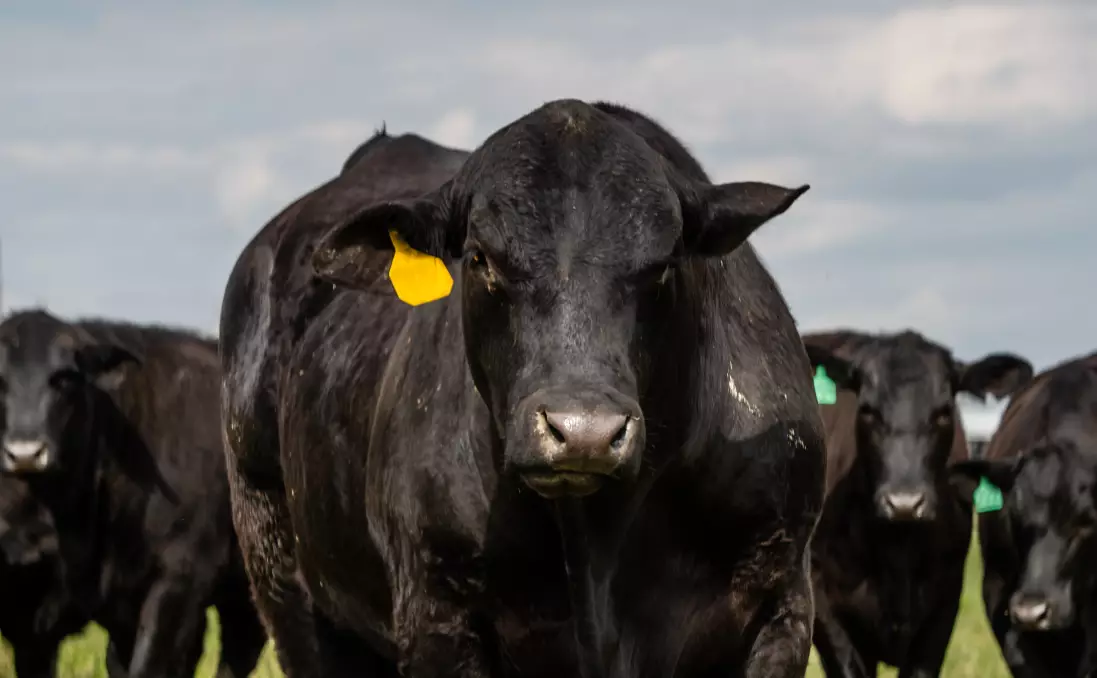
A debate is playing out in the beef industry over how much content has to be present in an animal for it to be labelled a certain breed. Picture via Shutterstock.
Some of the country’s most lucrative beef brands are caught up in a heated brouhaha over how much of a particular breed’s content must be present for that name to be used in marketing.
Specifically, there is a push to reduce the amount of Angus content required from the current 75 per cent to 50pc for a product to be called Angus beef.
The AusMeat Industry Language and Standards Committee set up a working committee tasked with making a recommendation on the issue and the word is that group will this week hand down its recommendations.
Of course, it would apply beyond the Angus world but it appears the investments tied up in Angus brands built on 75pc content are where the real issue is.
Angus Australia is adamant the current 75pc arrangement must stand.
Chief executive officer Scott Wright said more than half of Australia’s beef production had Angus content so the issue was extremely important.
Beef businesses ranging from producers through to brand owners had invested millions in the current arrangement of 75pc Angus content, he said.
“We see label integrity as vitally important so consumers know exactly what they are purchasing,” he said.
Mr Wright said the discussion about changing the minimum content required had been happening for more than 18 months and was initiated by people in the dairy beef space wanting to use the word Angus to describe beef produced from Angus/Holstein crosses.
Complicating the debate is the fact that United States beef exports described as Angus only require a 50pc minimum breed content.
Te Mania Angus director Tom Gubbins made the point that at 75pc, an animal has to come out of a black female, where as at 50pc, it means only the sire has to be Angus.
“That makes a big difference to the availability of supply,” he said
“The more you dilute a brand, the more competitors can come into the space and that pushes prices down.”
Another view
The other side of the argument is the enormous crossbreeding advantage to be had by the industry as a whole and whether the higher minimum content requirements are sending the right production-efficiency signals.
“If the drivers of profitability are reducing days to slaughter, feed efficiency and female fertility in the north, then hybrid vigour provides a massive free kick on all three,” said NSW Hereford breeder Marc Greening, Injemira Beef Genetics, Book Book.
“Add to that the sustainability and methane-reducing pressures on the industry as a whole and we need market signals that facilitate efficiency.
“If industry is to hit the carbon targets expected of us, we need to use all science possible and hybrid vigour is indisputable.”
Mr Greening said the push for purebred content was not being driven by the consumer, so Australia’s beef language needed to modernise to reflect what was most critical to the future of the industry.
Article from: The Land


